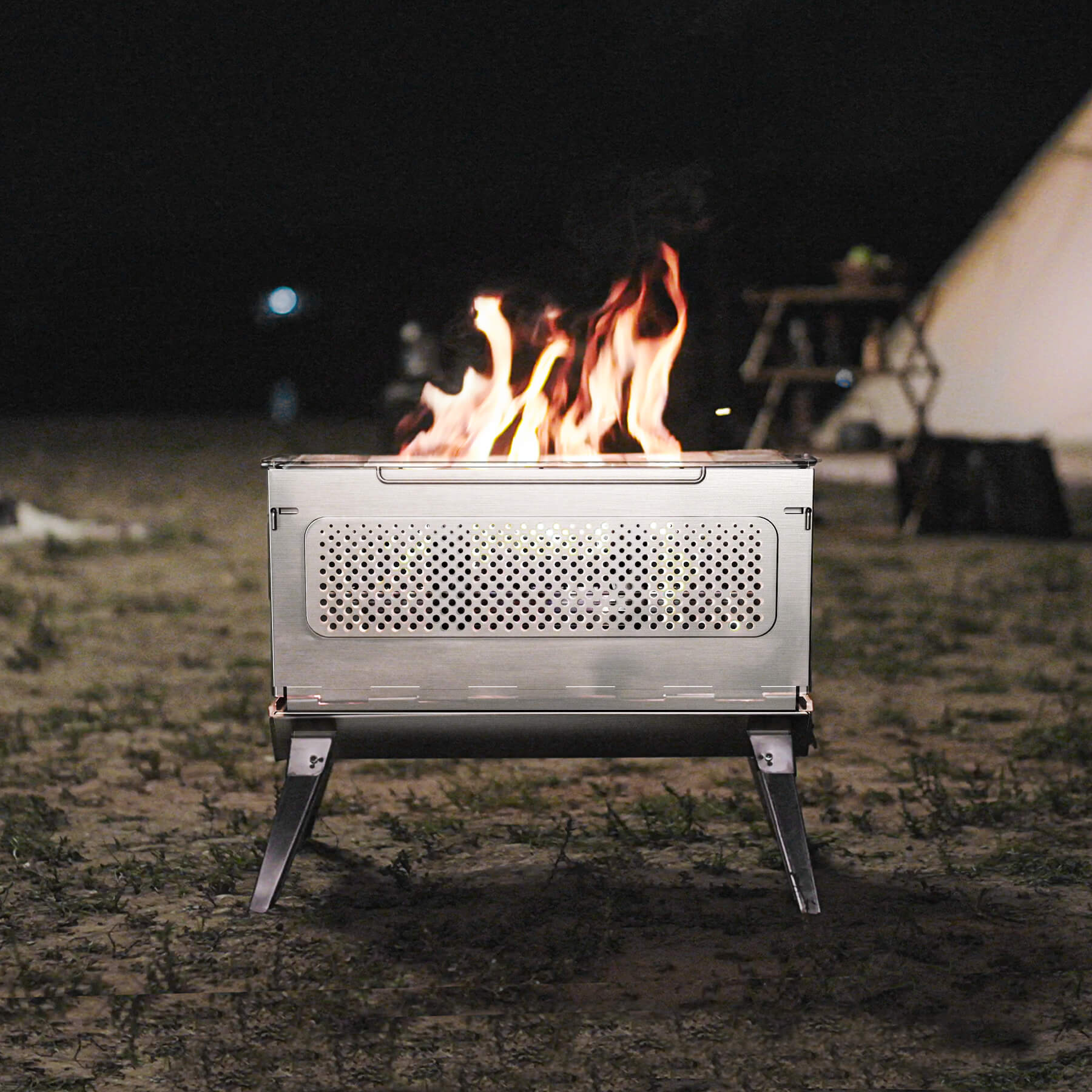How to Sharpen Your Knives for Optimal Performance?
Having a sharp knife is essential for any kitchen enthusiast or professional chef. A sharp knife not only makes cooking more enjoyable but also ensures efficiency and safety. In this blog post, we will explore the importance of the sharpening angle and discuss effective techniques to sharpen your knives for the best performance. Whether you're a beginner or an experienced cook, mastering the art of knife sharpening will elevate your culinary skills to new heights.

-
Understanding the Sharpening Angle: The sharpening angle refers to the angle at which the blade is honed to achieve a sharp edge. Different types of knives have varying optimal sharpening angles. Generally, Western-style knives, such as chef's knives, are sharpened at around 20 degrees, while Japanese-style knives, like Santokus, have a narrower angle of about 15°. Understanding the correct sharpening angle for your knife is crucial to ensure optimal cutting performance.
-
Choosing the Right Sharpening Tools: There are various tools available for sharpening knives, ranging from sharpening stones to honing rods and electric sharpeners. Each tool has its advantages and disadvantages, but for beginners, a combination sharpening stone is recommended. These stones typically have two sides with different grits, allowing you to start with a coarse grit and gradually move to a finer one for a polished edge.
-
Step-by-Step Sharpening Process: a. Prepare the sharpening stone: Soak the stone in water for the recommended time, usually around 10-15 minutes, to ensure proper lubrication during the sharpening process. b. Determine the sharpening angle: Use a sharpening guide or estimate the angle based on your knife's design. Maintain a consistent angle throughout the sharpening process. c. Start with the coarse grit: Place the knife's blade on the stone at the chosen angle and using light pressure, move the blade across the stone in a sweeping motion. Repeat this process several times on both sides of the blade until you achieve a burr. d. Refine the edge with finer grit: Switch to the finer grit side of the stone and repeat the same sweeping motion. This step helps remove the burr created during the coarse grit sharpening and further hones the blade's edge. e. Hone the blade: After sharpening, use a honing rod to realign the microscopic teeth of the blade, ensuring a straight and sharp edge.
-
Additional Tips for Knife Sharpening:
- Keep the knife and sharpening stone wet to prevent overheating and ensure smoother sharpening.
- Maintain a steady hand and consistent pressure throughout the process.
- Test the sharpness by carefully slicing through a piece of paper or a tomato. If it glides effortlessly, your knife is well-sharpened.

Properly sharpening your knives at the correct angle is essential for achieving the best performance in the kitchen. By understanding the optimal sharpening angle for your knife, choosing the right tools, and following a systematic sharpening process, you can ensure that your knives are razor-sharp and ready to tackle any culinary task. Remember, practice makes perfect, so keep honing your sharpening skills to unleash the full potential of your knives and elevate your cooking experience to new heights. Happy sharpening!
